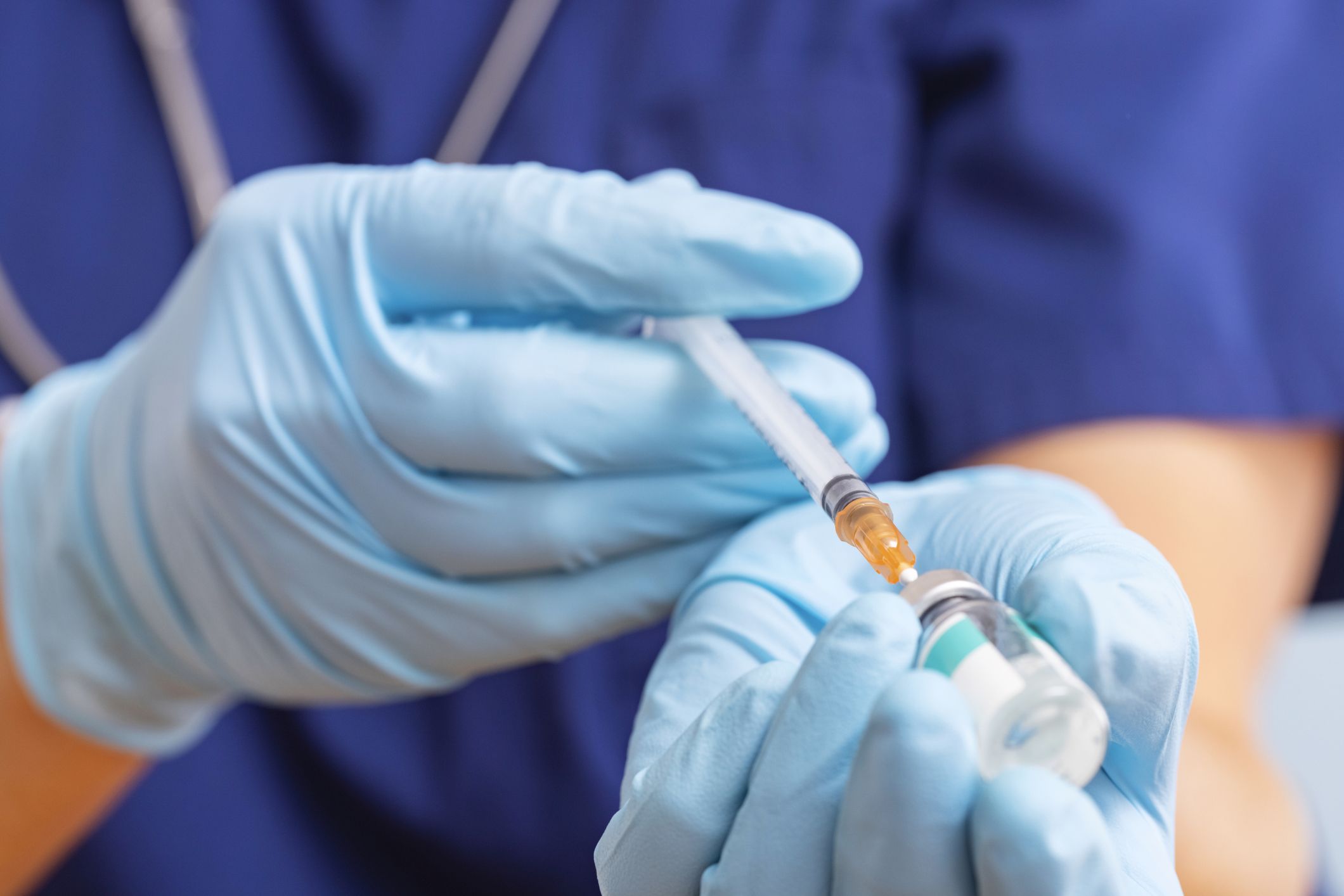
Marilynn Manuel
Cervical cancer is the second most common cancer affecting women in South Africa, with one in every 42 women facing a lifetime risk, according to the Cancer Association of South Africa (CANSA).
Globally, it is the 4th most common cancer among women. Cervical cancer occurs when abnormal cells develop in the cervix, the bridge between the uterus and vagina.
While there are many culprits behind cervical cancer, one of the most prevalent is human papillomavirus (HPV). HPV is a common infection that about 70% of people get at some point in their lives. Two types of HPV, HPV-16 and HPV-18, cause more than 70% of cervical cancer cases.
Dr Motlatsi Mokoape, a specialist obstetrician and gynaecologist, explains that while HPV is ubiquitous, it is also highly preventable.
She shares: "It's largely preventable with the HPV vaccine and regular screenings. Early detection is crucial, especially since this cancer disproportionately impacts women with limited access to healthcare."
Mokoape also shares the risk factors that could lead to the contraction of HPV:
Early sexual activity
Mokoape explains that engaging in sexual activities at a younger age may increase your risk of contracting the virus.
"The best prevention is comprehensive sex education, with open conversations between parents, caregivers, and children," she advises.
Smoking tobacco
Mokoape shares that smoking harms the lungs and weakens the blood vessels, which in turn increases risk. She also warns that smokers who are infected with HPV are more likely to experience prolonged infections.
She shares, "The best option is to quit smoking cigarettes, but if not, tobacco harm reduction should be considered – using products such as nicotine replacement therapies, heat-not-burn products, and oral nicotine, which are better alternatives as they don't combust tobacco, which causes harmful toxins."
Polygamous marriages
Dr Mokoape explains that polygamy is also one of the biggest HPV drivers. According to her, women - and men - in polygamous marriages should be screened regularly.
Multiple sexual partners
People who have sexual intercourse with multiple people also face a higher risk, Mokoape explains.
"The more sexual partners you have, the greater your risk of contracting HPV and other sexually transmitted infections (STIs), including herpes, chlamydia, gonorrhoea, syphilis, and HIV/AIDS, all of which can increase your chances of developing cervical cancer. Practising safe sex and reducing the number of partners are key preventative measures."
Meanwhile, Cancervive's Henda Nel shares the following guidelines for protecting themselves from HPV.
"HPV vaccination is recommended for children between 9 and 12. A catch-up vaccination is also available for teenagers and young adults aged 13 to 26."
She adds, "If you are between 27 and 45 and need to be adequately vaccinated, it's essential to consult your healthcare professional. The Department of Health (DoH) HPV Vaccination School Programme aims to provide 9- and 10-year-old girls with the HPV Vaccine."
Mokoape also advocates for regular screenings.
She says, "An annual pap smear is more than just a routine check-up; it's a lifesaver. This simple test can detect cancerous and precancerous cells, allowing you to address issues before they escalate."